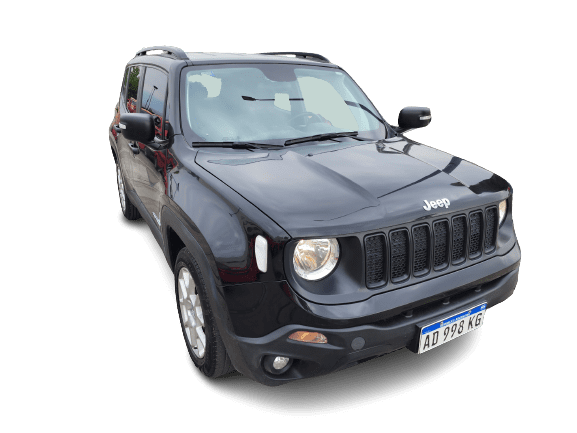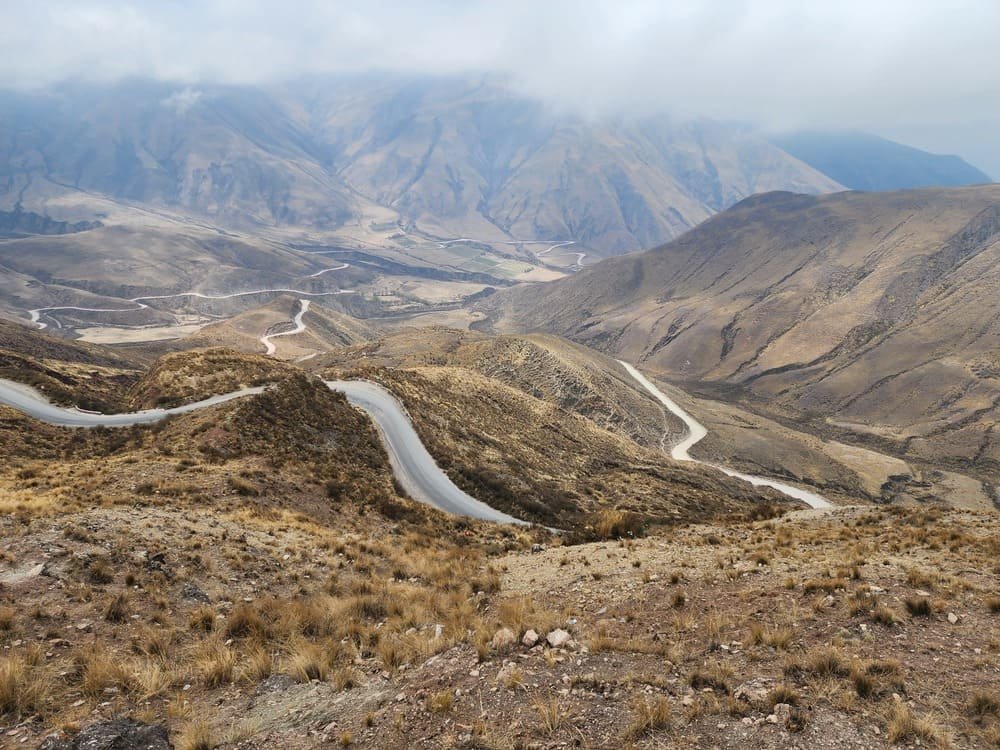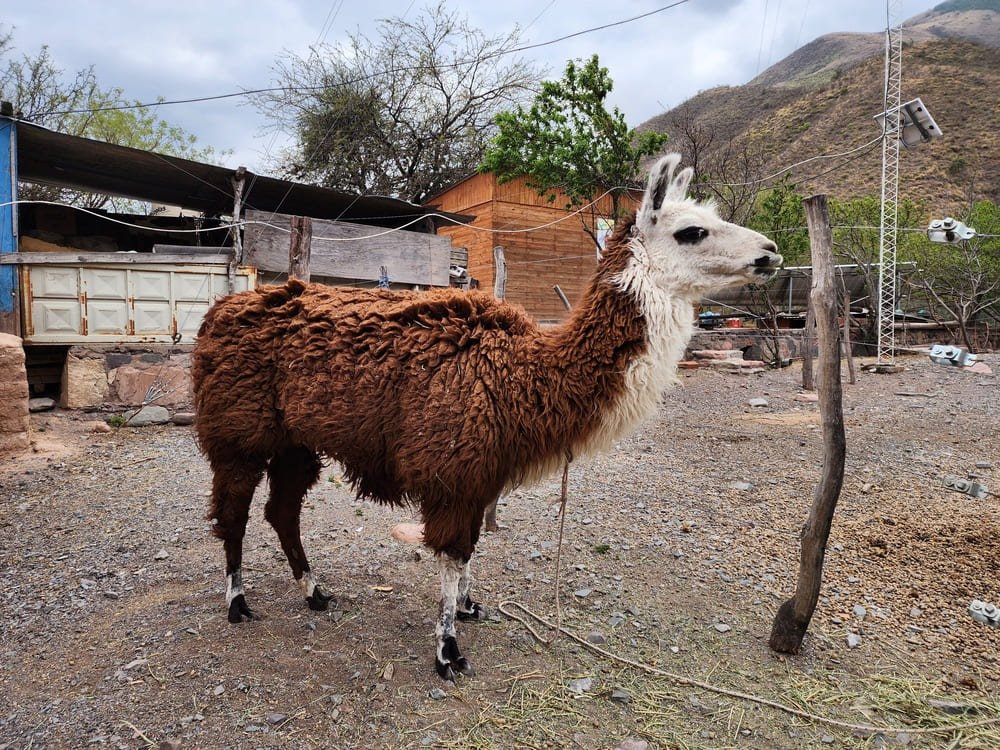Argentina has been a popular holiday destination for international travelers for years, attracting visitors with its diverse natural beauty, rich cultural heritage, and thriving city life. Some of the most in-demand tourist spots include the awe-inspiring Iguazu Falls, the stately Andes mountains, and the charming capital city of Buenos Aires, famous for its beautiful architecture, lively tango music and dance, and delicious culinary scene. Additionally, Argentina is home to many world-renowned wineries, making it a popular destination for wine tours.
In the post-pandemic era, demand for travel to Argentina has skyrocketed, largely due to the devaluation of the Argentine peso.
It’s worth mentioning that Argentina offers much more beyond Buenos Aires, Bariloche, and other cities in the south of the country. The northwest of Argentina boasts a unique and often surprising landscape, with stunning colors, shapes, and arid nature. There are several charming towns to visit in northern Argentina, including Humahuaca, Cachi, Cafayate, Purmamarca, and more. The best way to explore this region is by taking a road trip. With this in mind, we’ve put together an article with some key tips to help you plan your road trip to northern Argentina. Let’s hit the road!
Table of Contents
1. Rent a Car to Explore Northern Argentina

If you want to see the breathtaking tourist destinations of Salta, Humahuaca, or Salinas Grandes, renting a car is the best option. While it is possible to tour these places through public transportation or day trips, it can be more tiring and time-consuming.
The good news is that renting a car in Argentina is easy, and you don’t require an international driver’s license.
Typically, tourists visiting northwest Argentina arrive at either Salta (SLA) or San Salvador de Jujuy (JUJ) airports. Although these are provincial capitals, Salta and Jujuy are relatively small cities, and car availability can be limited, especially during peak season.
Hence, it is advisable to rent or reserve your vehicle in advance to avoid changing your plans at the last minute and to ensure that you get a car that suits your needs.
When you arrive at Salta International Airport (SLA), you’ll have a range of car rental options with companies such as Hertz, Localiza, Sixt, Alamo, Avis/Budget, Europcar, Waycar, and Rada. At Jujuy airport (JUJ), you’ll find Hertz, Avis/Budget, Rada, and Fit rental counters. Although there are a few car rental agencies in the city centers, most of them are small and unknown globally. The best option is to rent your car at the airport.
Two factors should be considered when renting a car: the cost and type of insurance. When it comes to cost, the exchange rate should be taken into account to make your trip more economical. If you pay in cash, using the local currency, you may have changed your money through the “Dollar Blue” and end up paying almost half the price if you had booked using your credit card.
Recently, however, the Argentine government has allowed transactions made with credit cards issued abroad to be settled using the “Dollar MEP,” which is more favorable for tourists compared to the previous official exchange rate.
Regarding insurance, rental companies usually provide basic coverage with a high deductible (co-payment) in case of an accident, but you can opt for additional coverage to reduce the deductible. Coverage varies among rental companies, so it’s important to do your research. Also, your credit card will be charged an amount equivalent to the excess as a deposit.
Our recommendation is to opt for the widest coverage possible. Keep in mind that you will be traveling on “gravel” roads, which can cause various vehicle damages, especially to the tires.
2. Beware of the Gravel roads

Gravel roads (‘Carreteras de rípio’ or ‘Caminos de Rípio’) are a common sight in Argentina and Chile and are made up of a mixture of dirt, gravel, or pebbles the size of marbles or oranges. Although they offer scenic views, it is important to exercise caution as these roads can be dangerous. Examples of gravel roads include Route 33 (Cuesta del Obispo section) and Route 40 between Cachi and Cafayate.
When driving in northern Argentina, be cautious and aware of the potential hazards.
While it is possible to reach speeds over 100 km/h (62 mph), it is important to be aware that the gravel makes the road slippery, increasing the risk of sliding, collision, and overturning. For example, the maximum speed that can be safely reached on Route 33 between Salta and Cachi is 50 km/h (31 mph).
When driving on gravel roads, be prepared for the car to slide in curves and hold the steering wheel tightly. It can also be windy on these roads, which can push the vehicle around. Additionally, avoid sudden lane changes as the road is made up of stone hills that may go unnoticed and cause the car to lose control. Slow down when passing other vehicles to avoid throwing stones and damaging other cars.
Finally, it is best to avoid driving on gravel roads at night. When renting a car, it is recommended to choose an SUV or pickup as low cars can suffer damage, including damage to the sump protector.
3. Be aware of winding roads when driving in northern Argentina.

Traveling through northern Argentina by car is an experience that requires a lot of attention. Although with the exception of dirt roads, the roads in the north of the country are generally well maintained and maintenance is done quite satisfactorily, you will have to face some winding curves, with irregular asphalt and, for the most part, with double-hand roads. In some stretches, I was a bit scared because of the precipices that bordered these roads.
Two roads to watch out for in particular are Ruta 33, in Cuesta del Obispo (Salta Province), and Ruta 52, in Cuesta del Lipán (Jujuy Province), both of these road sections are known for their winding paths.
4. Be cautious of wildlife on the road

While driving through Northern Argentina, it’s important to be aware of the potential for encountering wildlife on the road, such as horses, hares, sheep, ostriches, or guanacos. These animals are large and a collision with them could quickly end your trip, so exercising caution is crucial.
Additionally, it’s worth noting that in this area, roadside assistance services like SOS Auto are not available, and the roads are often isolated, making it difficult to seek help. Cellular signals are also scarce or non-existent in some areas.
5. Learn How to Change a Car Tire.

Before embarking on a road trip in northern Argentina, it’s important to be prepared for potential flat tires. Familiarize yourself with changing a flat tire by reading your car’s manual and checking the condition of the spare tire.
Keep in mind that some roads in the area can be deserted, so self-reliance is crucial in the case of a flat tire. During our own trip, we experienced two flat tires in consecutive days. The first time, we had to rely on a taxi driver for help because I failed to prepare by reading the car’s manual beforehand. The second time, we were able to find a rubber shop.
Knowing basic Spanish words such as punctured tire (“se me pinchó una llanta”), rubber shop (“gomería”), and jack (“gato”) can also be helpful.
In the case of a serious breakdown, don’t hesitate to call roadside assistance or your rental company. Before making your reservation, be sure to check the types of coverage and protection offered by the rental company and keep their service number handy.
6. Fill Your Tank Regularly During Your Trip to Argentina
If you plan to travel long distances, it’s essential to keep your gas tank full and refuel whenever you have the opportunity. While driving in the north of Argentina, you may encounter stretches of road with no gas stations, so it’s crucial to plan accordingly.
It’s worth noting that north of San José de Jujuy, there are only two gas stations in Tilcara and Humahuaca, both operated by YPF. These stations can get busy, so be prepared for long queues.
By following these tips, your car journey through the north of Argentina will be a memorable experience. So don’t wait, pack your bags and hit the road! Enjoy your trip!